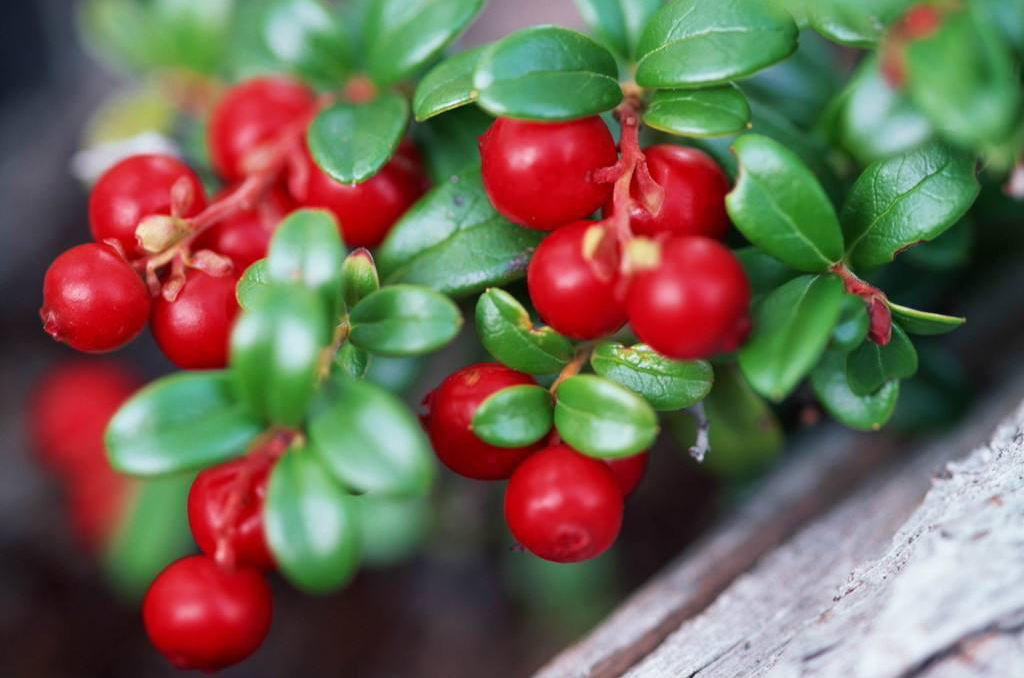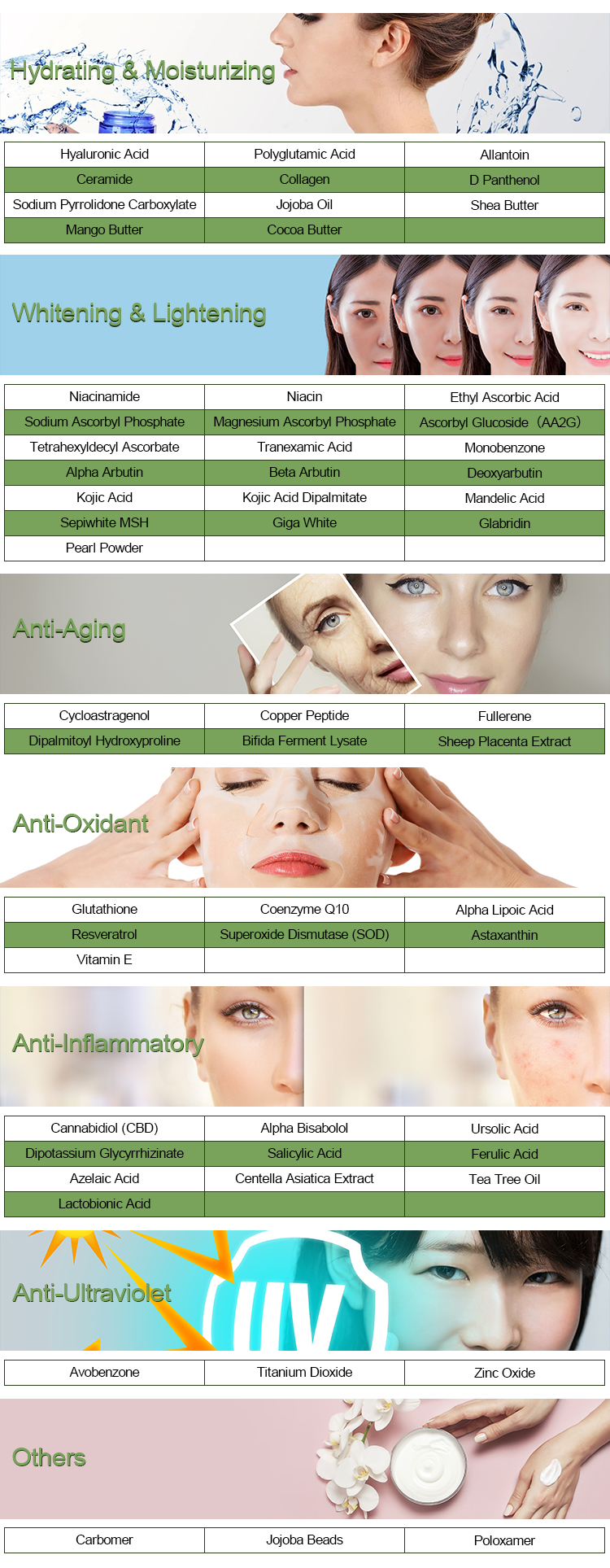Beta arbutin is a naturally occurring compound derived from the bearberry plant, and it’s commonly used in cosmetics and skincare products for its skin-brightening properties. Here’s a brief overview of its processing and application:
Processing of Beta Arbutin:
1.Source Extraction:
- Beta arbutin can be extracted from various plants, including bearberry, blueberry, and cranberry. The extraction involves using solvents to separate the arbutin from plant materials.
2.Purification:
- The crude extract undergoes purification processes, such as filtration and chromatography, to isolate beta arbutin from other compounds. This step ensures a higher concentration and purity level.

3.Synthesis (Optional):
- While beta arbutin can be extracted from natural sources, it can also be synthesized in a laboratory setting. The synthetic process often involves the reaction of hydroquinone with glucose, yielding beta arbutin.
4.Formulation:
- Once purified, beta arbutin is formulated into various skincare products, such as serums, creams, and lotions. It is usually combined with other active ingredients to enhance its efficacy.
Applications of Beta Arbutin:
1.Skin Brightening:
- Beta arbutin inhibits tyrosinase, an enzyme involved in melanin production, helping to reduce dark spots and improve skin tone.
2.Moisturization:
- It also has hydrating properties, making it beneficial for maintaining skin moisture.
3.Safety and Stability:
- Beta arbutin is generally considered safe for topical use. Formulations must be stable to ensure the effectiveness of beta arbutin over time.

Conclusion:
Beta arbutin is valued for its skin-lightening and moisturizing properties, making it a popular ingredient in various skincare formulations. Its extraction, purification, and formulation processes are crucial for ensuring its efficacy and safety in cosmetic products.
